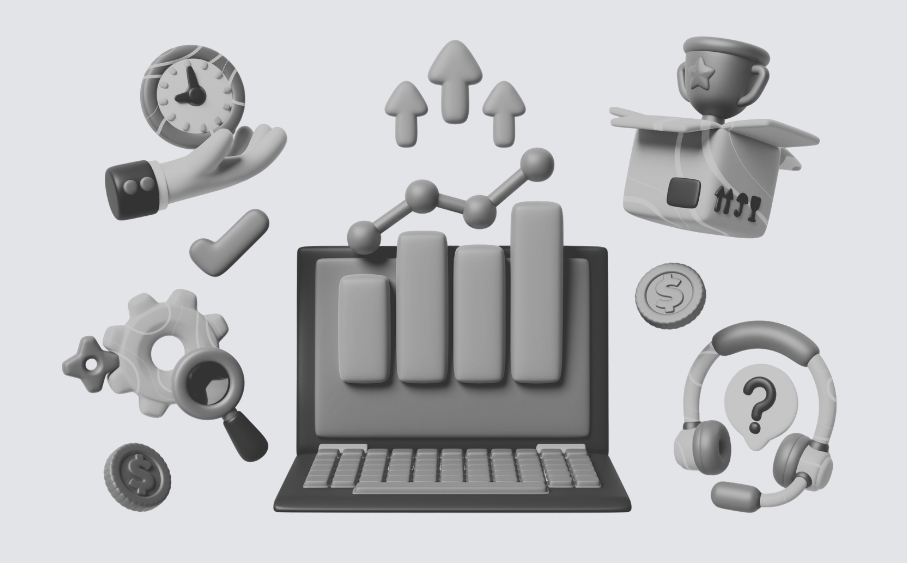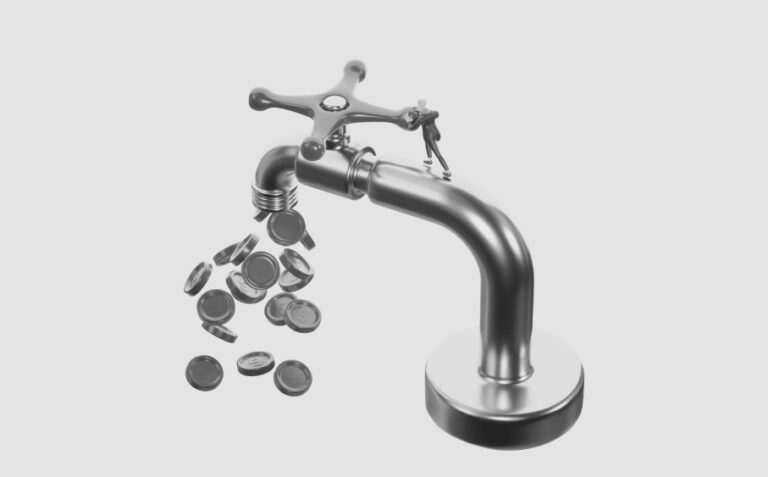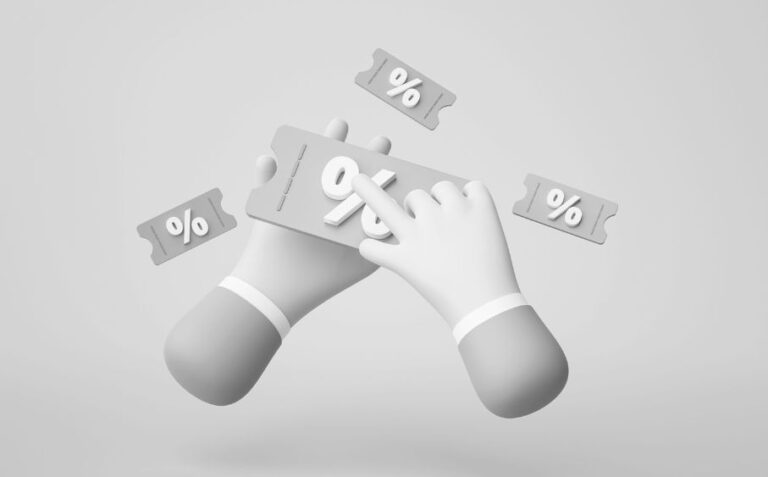In the fast-paced, competitive ecommerce world, pricing your products solely based on cost can significantly hurt your profit margins. But, in order to price your products profitably, you need to know the best practices and your position in your market, and then calibrate your pricing strategy accordingly. That’s when applying price benchmarking starts to make sense, and we’ll guide you through how you can implement benchmark pricing for your products as a business owner.
What is Price Benchmarking?
Price benchmarking is an analysis process where companies collect competitors’ price data to compare their prices among merchants. Any competitive benchmarking process aims to establish the best possible outcome in its subject; in this case, it is finding the best competitive price.
How to Establish Price Benchmarking?
In summary, the process of price benchmarking looks like identifying competitors, their prices, and collecting all necessary information to determine which techniques you need to implement to close the gaps. Once you have established your action plan, the next step is to set a target performance to achieve your goal. Finally, the last step is to implement and review your decisions by testing and calibrating to achieve the optimal price points for your products.
Price intelligence tools, like Prisync, can help merchants at every step in achieving these goal targets when they decide to do a benchmark pricing. First of all, price monitoring tools enable you to gather all the pricing information from your competitors in real-time, which helps you grasp how they want to position themselves in the market. That information will help you decide on your counter strategy, aiming to have the most profitable price with necessary adjustments.
How Can Price Automation Help?
Once you have already gotten familiar with price benchmarking processes, Prisync will also help you automate this process. After spending some time determining the best-case scenarios for pricing your products, there is no need for manual intervention, as the tool will automatically adjust the prices for you. How is that possible, you might ask. Dynamic pricing tools, as the name suggests, work as your business agents to keep your prices as dynamic as possible by frequently adjusting their pricing based on competitors’ offerings. Therefore, retailers can automate their pricing by setting repricing/dynamic pricing rules that reflect their pricing strategy, taking into account factors such as costs, competitor pricing, seasonality, and customers’ willingness to pay.
Testing and calibrating are the final steps before you are fully satisfied with your price results, business performance, and ROI. For example, you might think that, in one scenario, lowering your prices too much gives you the highest competitive advantage. Still, the reality may be different, resulting in a loss of money for nothing. One solution is to adjust price points and find the one that generates the most sales and drives the highest profit. Another automated solution is to utilize the dynamic pricing engine, which provides smart price suggestions calculated based on your price rules. You can add these rules simultaneously and incorporate them into your pricing strategies.
Advantages of Price Benchmarking
The most important advantage of this technique is setting optimal prices, as it will allow you not only to increase your profits and boost your sales but also to avoid losing market share to competitors. By achieving this level of sustainability in your business, you will have a higher chance of maintaining flexibility to react to market trends and capitalize on them.
While benchmark pricing requires you to test different pricing strategies, it also offers the opportunity to increase your knowledge of the industry, which eventually results in a competitive advantage over your competitors. This industry know-how also allows companies to reduce various other costs that would normally be spent on marketing and advertising. Decision-makers can choose to focus on different aspects of the business, such as enhancing customer experience, satisfaction, and loyalty, by utilizing the money saved from the benchmarking process.
Conclusion
Price benchmarking turns market insights into a positioning that will place your business where its best strategic advantage lies. Let’s look at the process steps one last time:
- Identify key competitors and track their prices
- Collect their pricing data
- Analyze the gaps in your strategy and possible opportunities
- Set performance targets
- Implement and review adjustments
- Test and recalibrate
So, if you are struggling with your prices and can’t decide whether it is the most optimal one for your store, following price benchmarking steps and ultimately combining them with automation can secure your business’s profits.





